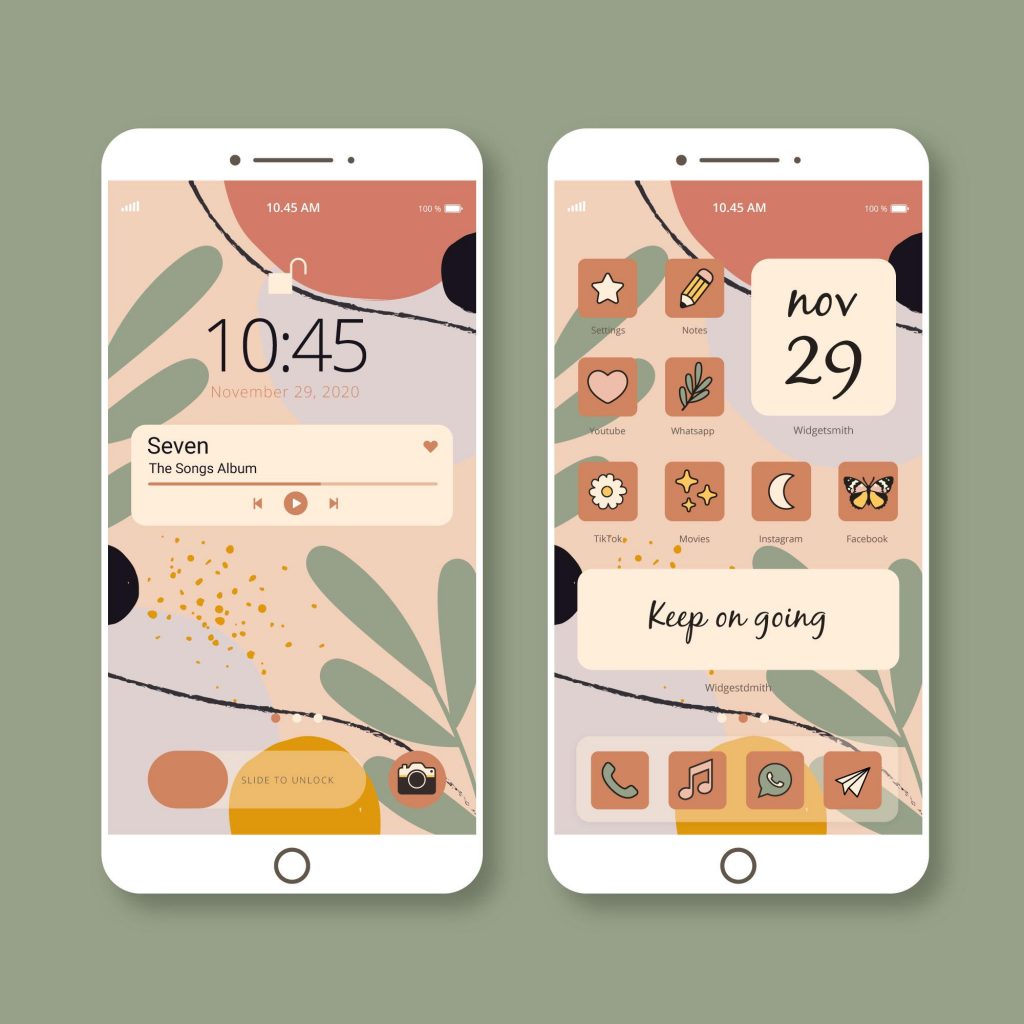In today’s digital age, the interface between humans and technology has become increasingly vital. It’s not just about creating visually pleasing websites or applications; it’s about crafting digital experiences that seamlessly blend aesthetics and functionality. This intricate art is masterfully executed by UI/UX designers in the USA. These professionals are the unsung heroes behind the screens, shaping how we interact with technology on a daily basis.
The Role of UI/UX Designers in the USA
UI/UX designers are the architects of the digital world. They’re responsible for transforming complex technical systems into user-friendly interfaces. Their role extends far beyond making things look good; it’s about understanding users, their behaviors, and their needs.
In the USA, UI/UX designers are at the forefront of this field. They’re the bridge between users and technology, ensuring that the final product not only functions flawlessly but is also aesthetically pleasing. These designers are responsible for creating the intuitive interfaces that make our smartphones, websites, and software a joy to use.
Why Balancing Aesthetics and Functionality is Essential in the USA
In the ever-evolving landscape of digital design, achieving equilibrium between aesthetics and functionality holds special significance in the United States. This balance is crucial for several compelling reasons:
User Expectations:
American users, steeped in a culture of innovation and technology adoption, have high expectations. They anticipate digital interfaces that not only work flawlessly but also captivate them visually. Balancing aesthetics and functionality is essential to meet these heightened standards.Competitive Advantage:
In the USA’s competitive market, where countless digital products vie for attention, a well-crafted balance can set a product apart. It’s a distinguishing factor that can attract and retain users in a crowded digital landscape.User Engagement:
Aesthetically pleasing designs can significantly enhance user engagement. Visual appeal draws users in, encouraging them to explore and interact with a digital product. Once engaged, the product’s functionality ensures a seamless and satisfying experience.Brand Perception:
A product’s design reflects the brand behind it. In the USA, where branding is a critical component of marketing, a design that strikes the right balance conveys professionalism, trustworthiness, and innovation.User-Centered Approach:
The USA’s design ethos places users at the core of the process. Achieving a balance ensures that the design aligns with users’ needs, preferences, and expectations. It’s about creating designs that not only look good but also work effortlessly for the target audience.Mobile-First Culture:
With the widespread use of smartphones and mobile apps, American users often interact with digital products on small screens. Aesthetically pleasing yet functional mobile designs are paramount for a positive user experience.Cross-Platform Consistency:
In a multi-device world, where users switch between smartphones, tablets, and desktops, maintaining a consistent and harmonious user experience across platforms is vital. Balancing aesthetics and functionality ensures a seamless transition.Accessibility:
Inclusivity is highly valued in the USA, and accessibility standards are rigorously upheld. Designing with both aesthetics and functionality in mind ensures that digital products are accessible to users of all abilities.
In essence, the USA’s digital landscape demands a delicate dance between aesthetics and functionality. This balance not only meets user expectations but also offers a competitive edge, fosters user engagement, enhances brand perception, and aligns with a user-centric and inclusive approach to design. It’s a design philosophy that resonates with the dynamic and innovative spirit of the USA’s tech-savvy audience.

For more insights into the crucial role UI/UX design plays for small businesses in the American market, check out our dedicated blog, The Importance of UI/UX Design for Small Businesses in America.
Balancing Act: Creating Aesthetically Pleasing Yet Functional Designs
Creating designs that strike the perfect balance between aesthetics and functionality is no easy task. It’s a meticulous process that requires careful consideration of various elements:
Minimalism:
The principle of “less is more” is at the core of minimalist design. It emphasizes simplicity, clean lines, and a focus on essential elements. Minimalist designs are not just visually appealing; they also enhance usability.Responsive Design:
With users accessing websites and applications on a multitude of devices, responsive design is crucial. It ensures that the user experience remains consistent across different screen sizes, from smartphones to desktops.Intuitive Navigation:
Users shouldn’t have to think about how to use a website or app. Intuitive navigation ensures that users can easily find what they’re looking for and complete tasks without frustration.User-Centered Design:
At the heart of balancing aesthetics and functionality is a user-centered approach. Design decisions should be based on user research and feedback. This approach ensures that the design meets the actual needs and preferences of the target audience.
USA’s UI/UX designers masterfully balance aesthetics and functionality
UI/UX designers in the USA distinguish themselves through their adeptness at harmonizing aesthetics and functionality. Their excellence in this balancing act is underpinned by several key factors:
Innovative Spirit:
The USA has a storied tradition of innovation, and this ethos permeates UI/UX design. American designers boldly explore uncharted territories, experiment with novel concepts, and eagerly embrace emerging technologies, all in the pursuit of crafting cutting-edge interfaces.User-Centric Approach:
Achieving the right equilibrium hinges on understanding user behavior. USA-based designers invest substantially in user research, conducting comprehensive surveys, interviews, and rigorous usability testing to glean profound insights into how users interact with their designs.Collaborative Synergy:
Collaboration is the cornerstone of successful UI/UX design. Designers work closely with cross-functional teams, including developers, product managers, marketers, and other stakeholders, to ensure that the final product aligns seamlessly with the broader project objectives.Lifelong Learning:
The design landscape is in perpetual flux, with fresh trends and technologies emerging incessantly. USA UI/UX designers demonstrate an unwavering commitment to continuous learning, staying abreast of the latest design trends and tools to deliver superlative user experiences.Empathetic Design:
Recognizing that aesthetics can evoke profound emotions, designers in the USA weave empathy into their designs. They create interfaces that not only function impeccably but also resonate with users on a deeper emotional level.Meticulous Craftsmanship:
Achieving perfection often lies in the minutiae. USA-based designers meticulously attend to details such as typography, color palettes, spacing, and micro-interactions, meticulously weaving them together to create a cohesive and visually enchanting user experience.
In sum, UI/UX designers in the USA are lauded for their exceptional ability to blend aesthetics and functionality seamlessly. Their innovative spirit, user-centric ethos, collaborative mindset, commitment to ongoing learning, empathetic approach, and meticulous craftsmanship collectively define their excellence in the dynamic world of UI/UX design.
Conclusion
In conclusion, the art of balancing aesthetics and functionality is a defining characteristic of UI/UX design excellence in the USA. These designers are the architects of digital experiences, crafting interfaces that are both visually captivating and highly functional. In a world where digital interactions have become integral to our daily lives, the role of UI/UX designers is more critical than ever.
As technology continues to advance, UI/UX designers in the USA will remain at the forefront of innovation, shaping the future of user experiences. They understand that achieving the perfect balance between aesthetics and functionality is not just a design trend; it’s a necessity for creating digital experiences that delight and engage users.
Read more:


















